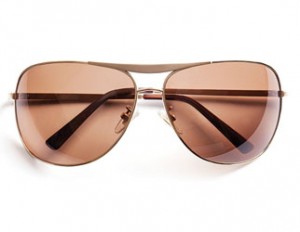The perfect price: Sunglasses
You need to pay at least $70 to get lenses that provide appropriate eye protection and frames that are durable and adjustable.
Advertisement
You need to pay at least $70 to get lenses that provide appropriate eye protection and frames that are durable and adjustable.
 Low: $20
High: $500
Perfect price: $70
Think twice the next time you start reaching for that $20 pair of non-prescription sunglasses at the drugstore. Be prepared to spend at least $70 for a quality product that has well-built frames and, most importantly, has lenses that will adequately protect your eyes from the sun. “Below that price, some sunglasses may fit the bill but a lot of them won’t,” says Dr. Ralph Chou, a vision science expert at the University Waterloo. Your work doesn’t just stop at price point, however. There are several factors you have to take into account before plunking down your money. Consider the following tips.
Low: $20
High: $500
Perfect price: $70
Think twice the next time you start reaching for that $20 pair of non-prescription sunglasses at the drugstore. Be prepared to spend at least $70 for a quality product that has well-built frames and, most importantly, has lenses that will adequately protect your eyes from the sun. “Below that price, some sunglasses may fit the bill but a lot of them won’t,” says Dr. Ralph Chou, a vision science expert at the University Waterloo. Your work doesn’t just stop at price point, however. There are several factors you have to take into account before plunking down your money. Consider the following tips.
Share this article Share on Facebook Share on Twitter Share on Linkedin Share on Reddit Share on Email